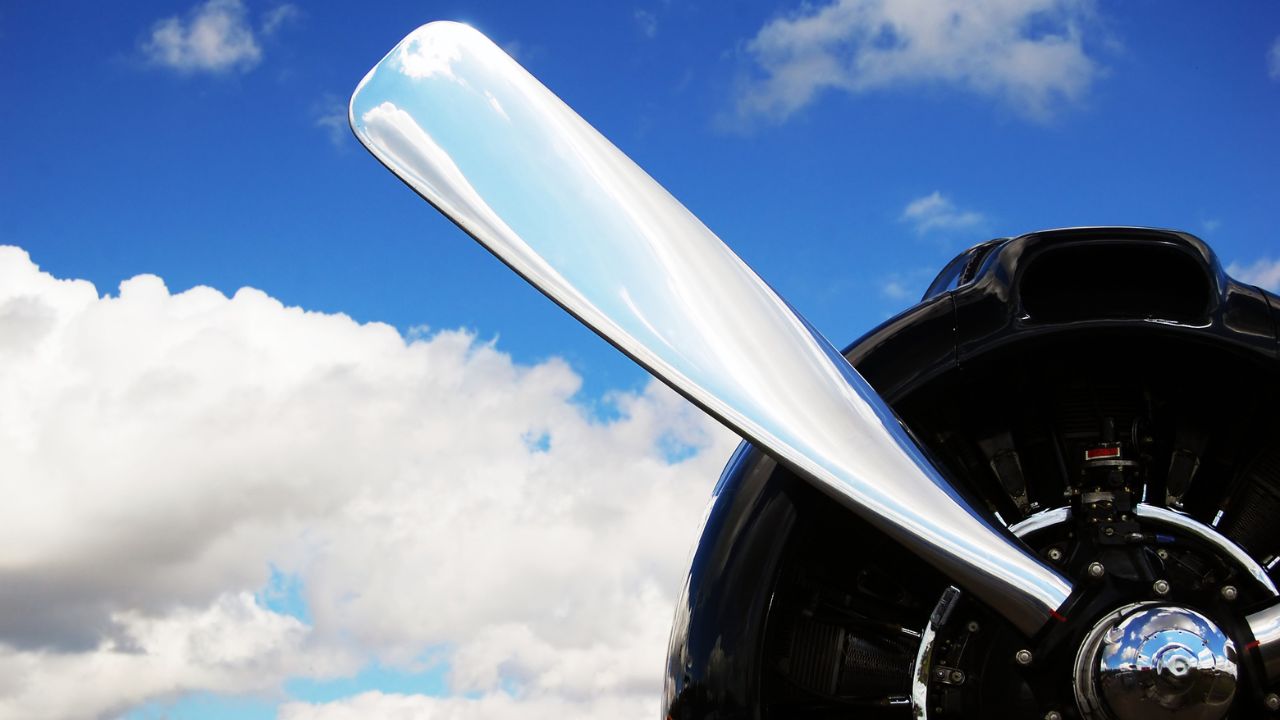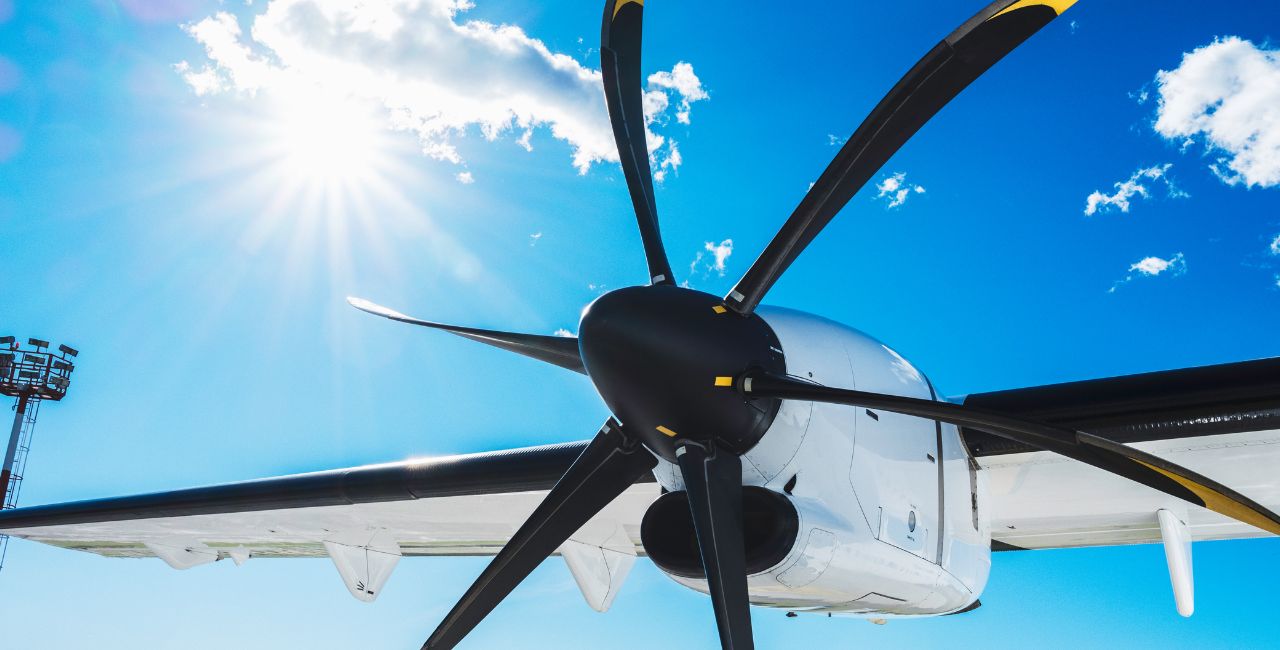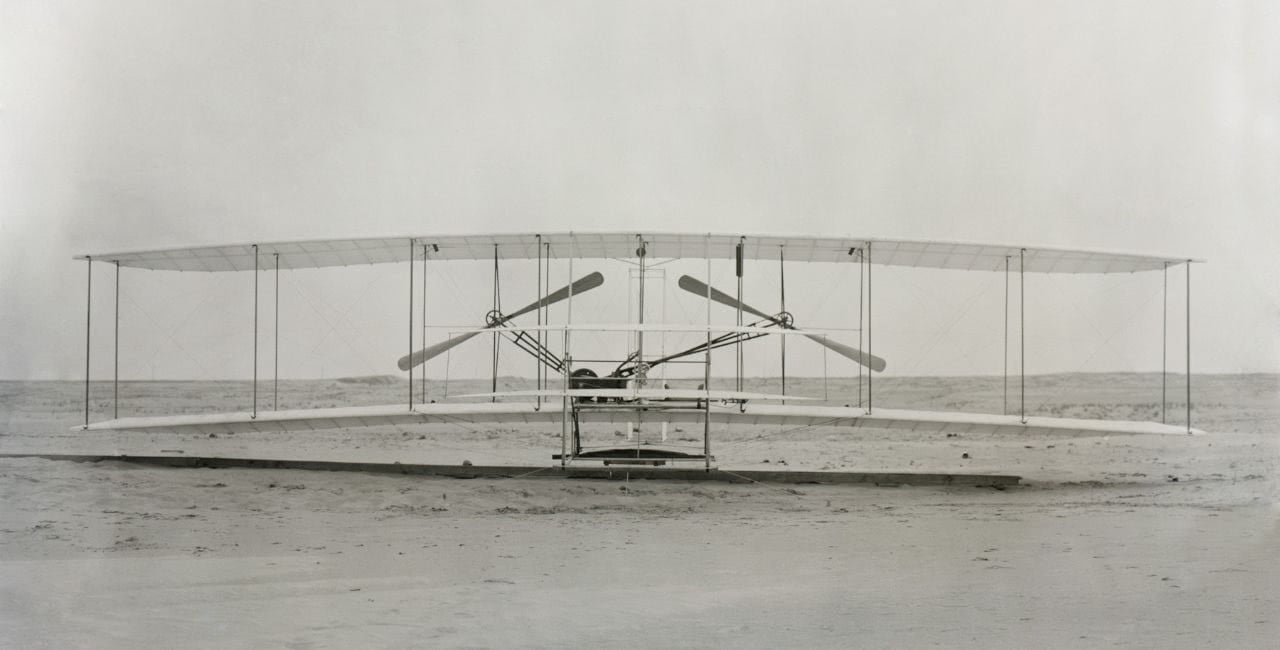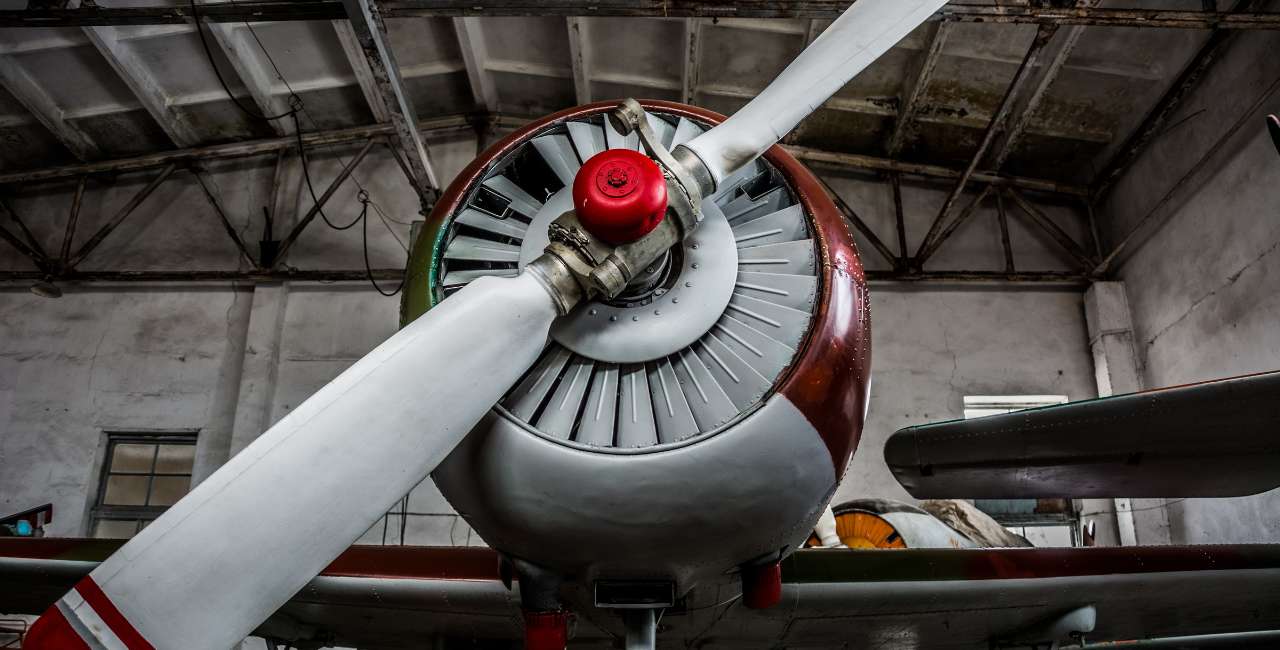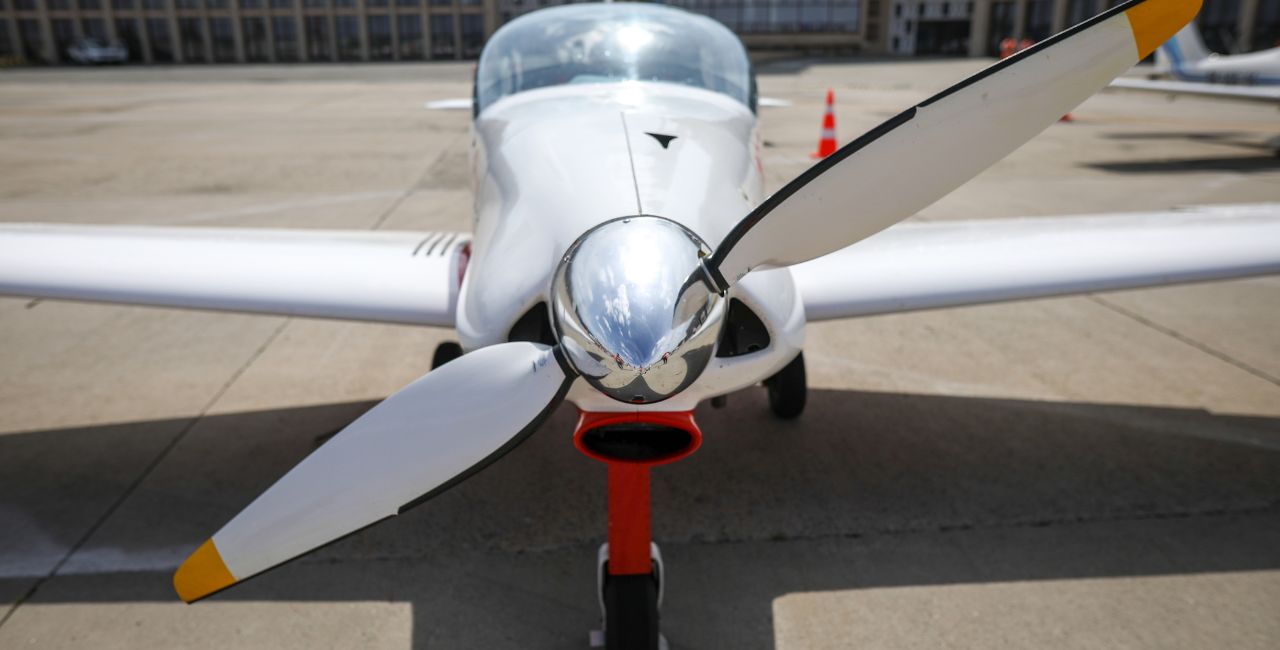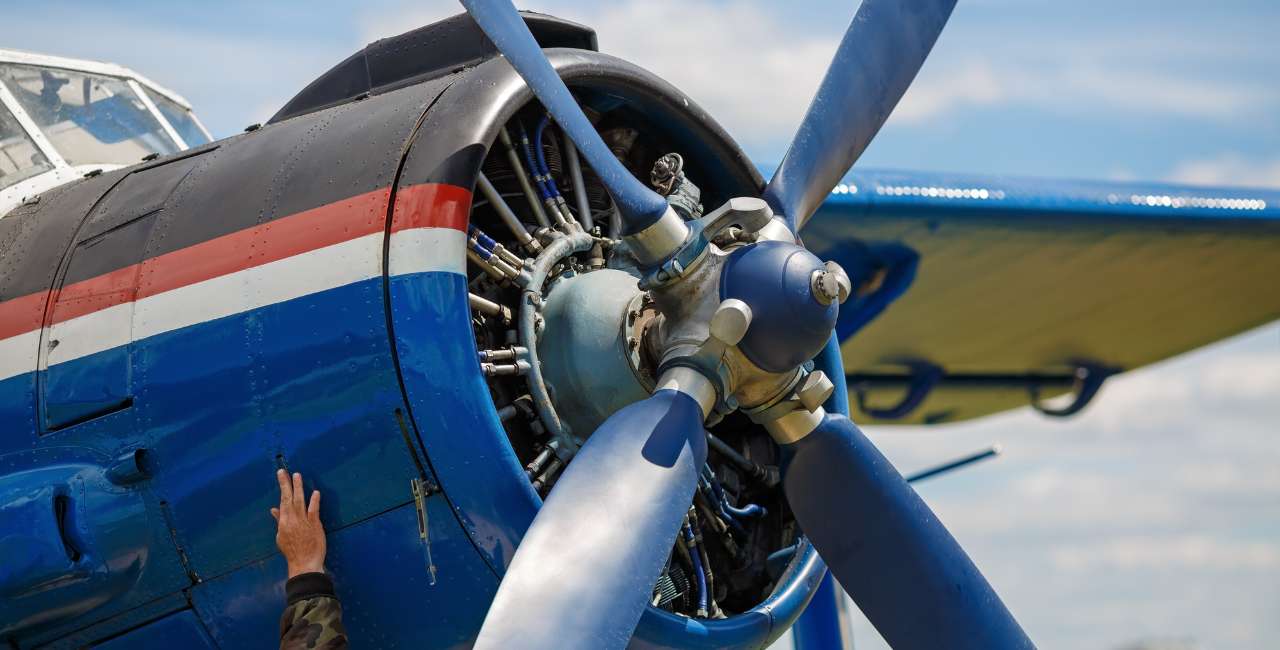Let’s talk about one of the concepts that most commonly gives pilots a headache at the start of their training: propeller pitch.
As explained above, the angle formed between the plane of rotation of the propeller and the propeller chord is called pitch.
We will now go into this further, the quickest way to understand pitch is to relate it to the speed of cars.
On the one hand, a low pitch gives a lower speed but high traction; like the first few gears when driving a car. On the other hand, a high pitch provides a higher speed and lower traction; like long speeds.
Attention! Here’s an interesting fact!
In some models of aeroplanes, the pitch of a propeller can be negative, aiding the aeroplane in braking.
This system is widely used in parachute drop aircraft, as once the jumpers are in the air, it is most cost-effective to get the aircraft back to the ground as quickly as possible.
This system can be seen in Pilatus Porter, single engine light aeroplane specially designed for short take-offs and landings.

